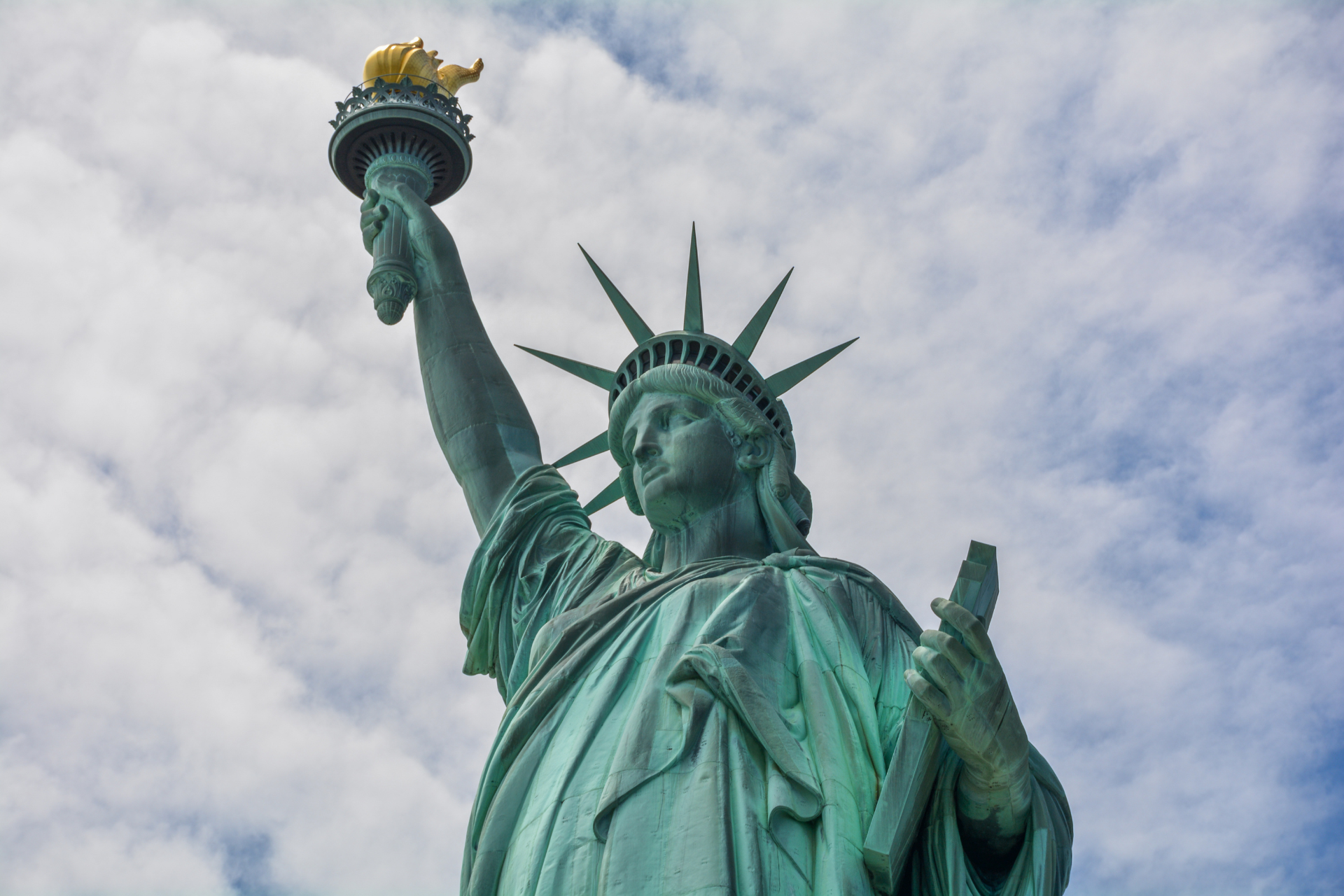The secretary general of Puerto Rico’s “commonwealth” party Monday erroneously claimed that actions of Governor Alejandro Garcia Padilla had lowered the territory’s unemployment rate to 14.6% in January and that this was the lowest rate since January 2008, according to newspaper El Nuevo Dia.
Jorge Suárez Cáceres made the assertions in an attack on Puerto Rico’s resident commissioner in Washington, DC, Pedro Pierluisi (statehood party-D), who is expected to be Garcia’s main challenger in the 2016 election.
Suárez was picked to be the party’s chief executive by Garcia, who is the party’s president.
Garcia took office in January. Instead of decreasing, the islands’ jobless rate increased in January from 14.4% to 14.6%, according to the U.S. Bureau of Labor Statistics. (It increased from 14.3% after Garcia’s election.)
In January 2008, the rate was 10.9%.
Given the partisan context of Suárez’s jobless rate contentions, one would think that instead of January 2008, he meant January 2009, the month that Pierluisi’s running mate for governor in 2008 and 2012 took office as governor. But Puerto Rico’s unemployment rate then was also lower than this January. It was 14%.
It would be extraordinary if Garcia could have substantially affected Puerto Rico’s unemployment rate during his first four weeks in office. And it is not unusual for politicians to exaggerate. But Puerto Rico’s unemployment problem is of longstanding and the facts of the territory’s jobless rate are on record.
The important truth is that Puerto Rico’s economy has generally stagnated or degraded during the past few decades. The income gap with the States has grown.
The insular economy is unlikely to change substantially unless Puerto Rico becomes a U.S. State or a separate nation. It has few tools that it can legitimately use for improvement under the current territory status.
Puerto Ricans are — consciously or not — ‘voting with their feet’ for statehood by moving to the States to an extent that the population is now decreasing. As U.S. citizens, they can move freely in any U.S. area.
A plebiscite among those who remain last November voted against the current status and for statehood.


